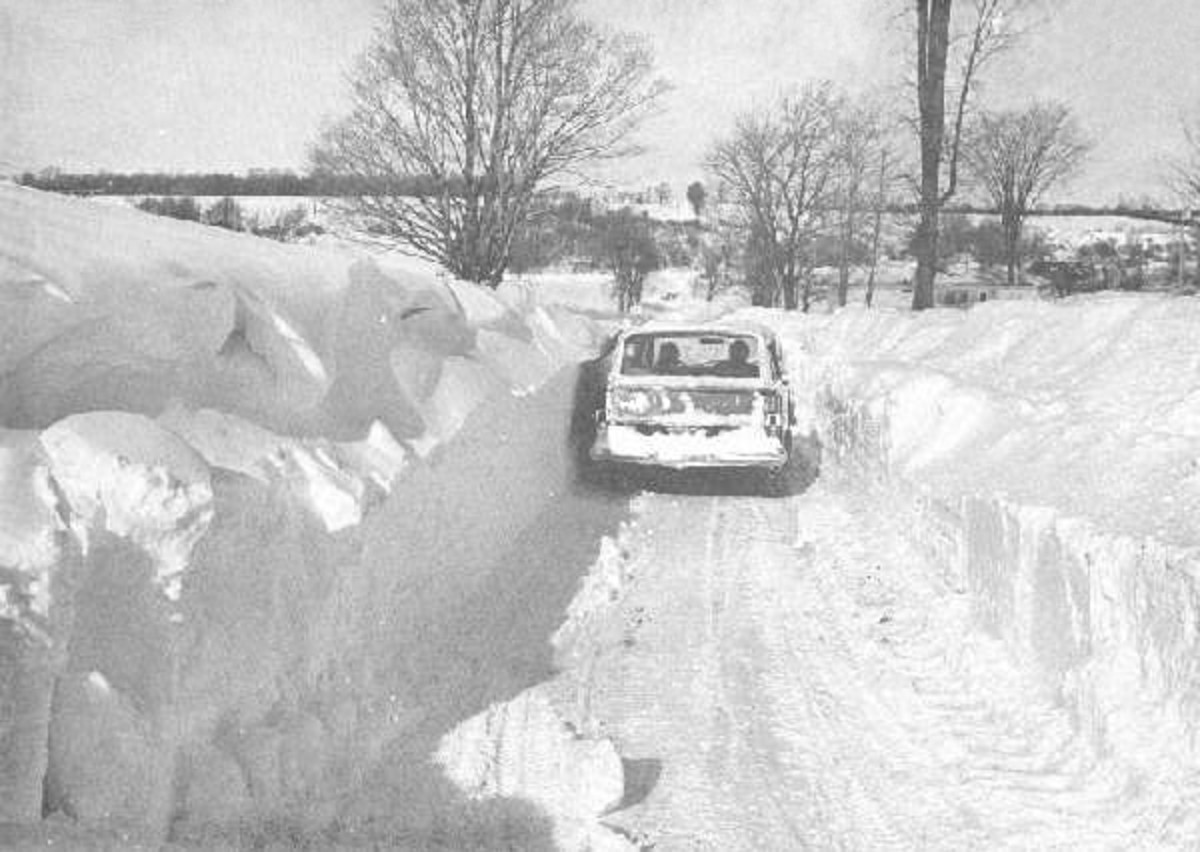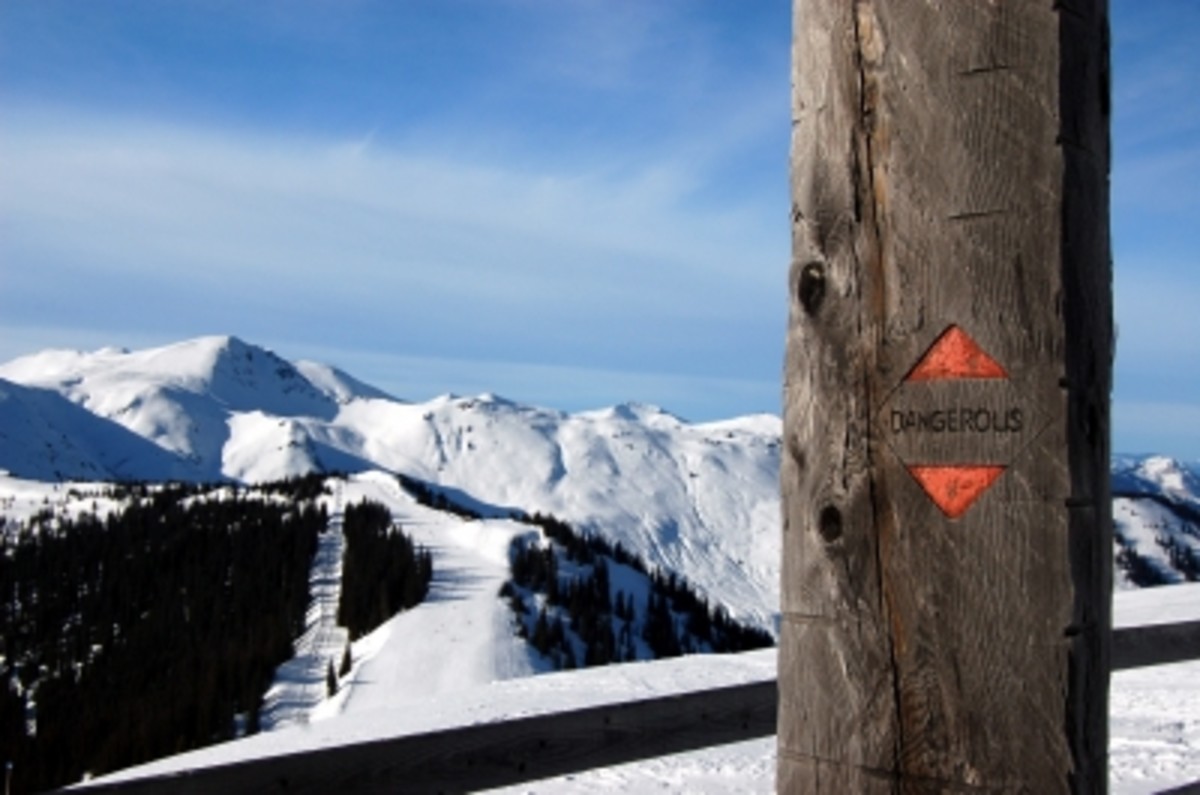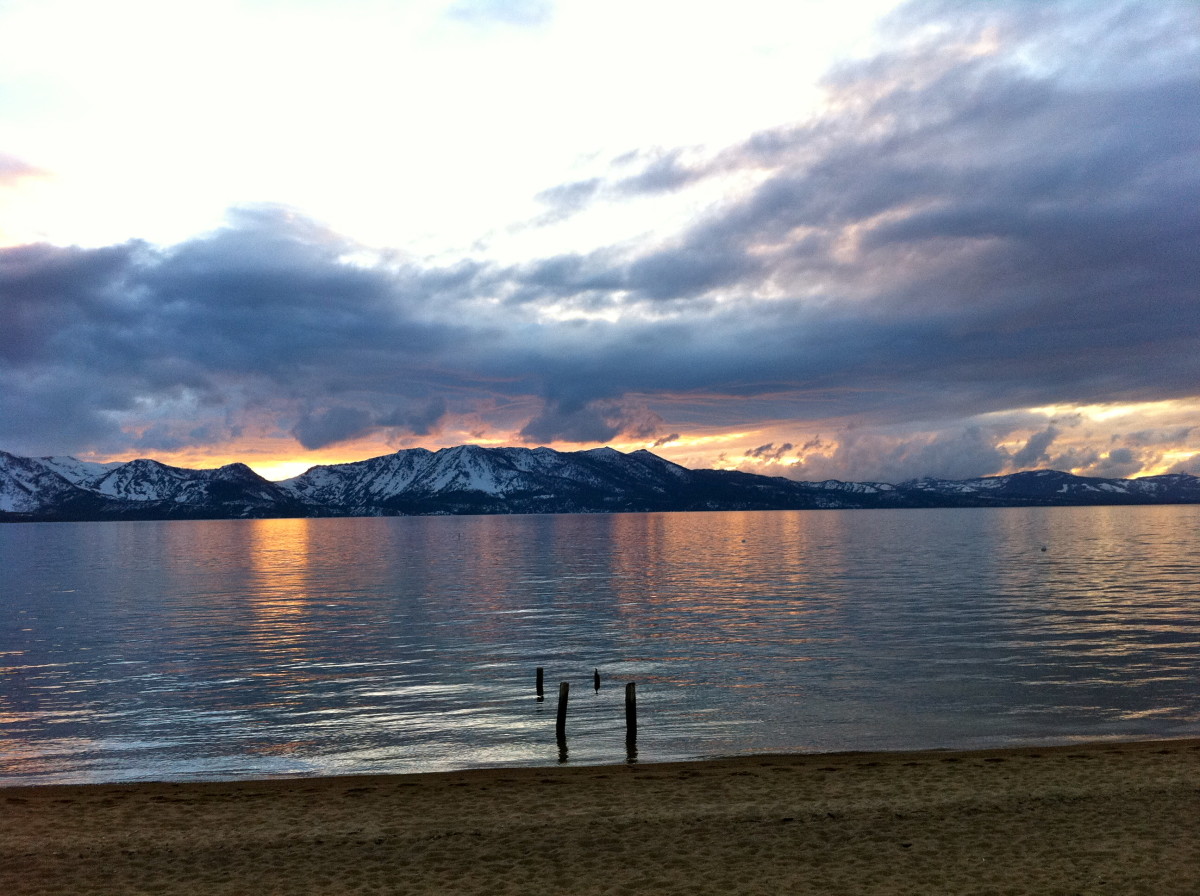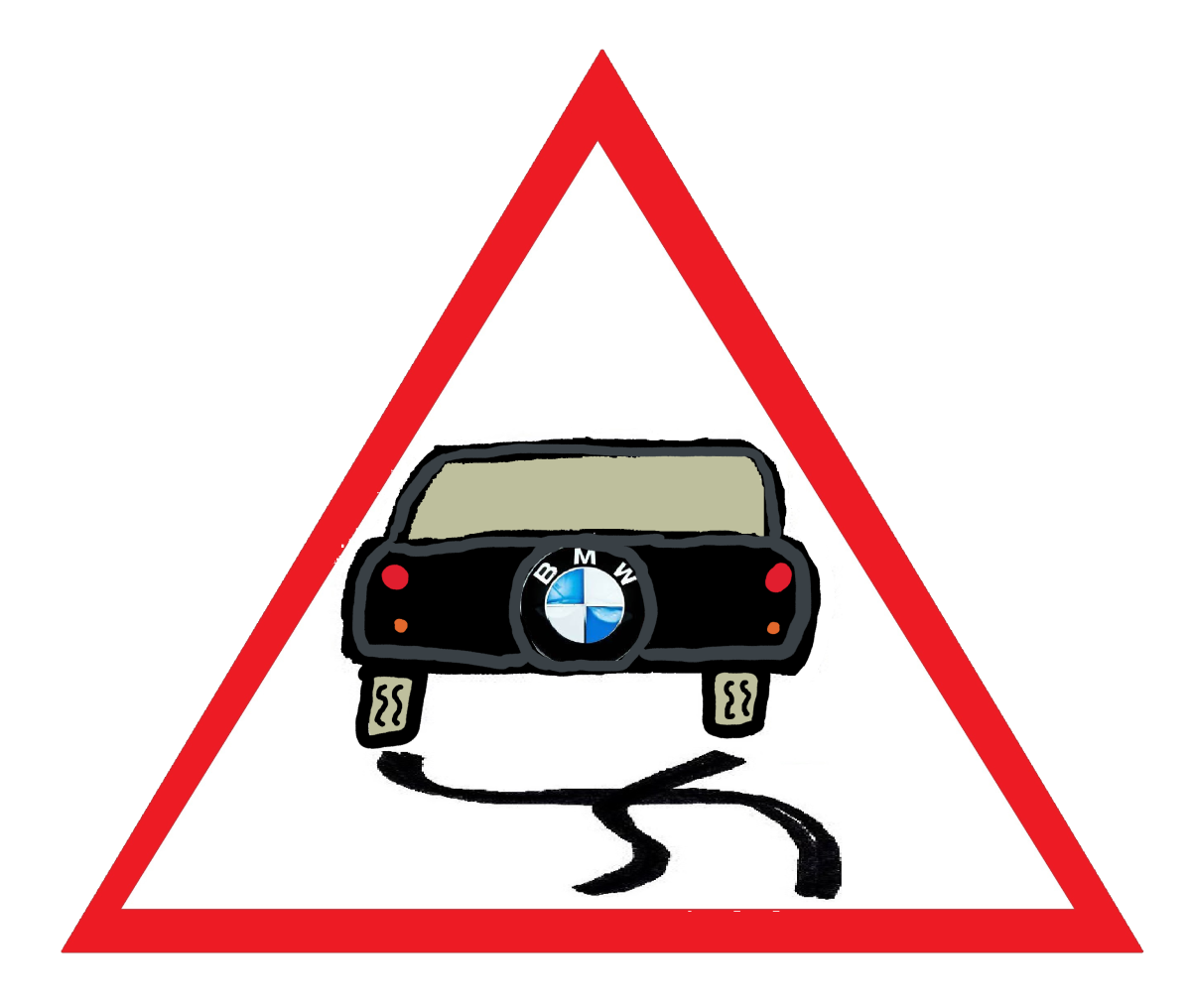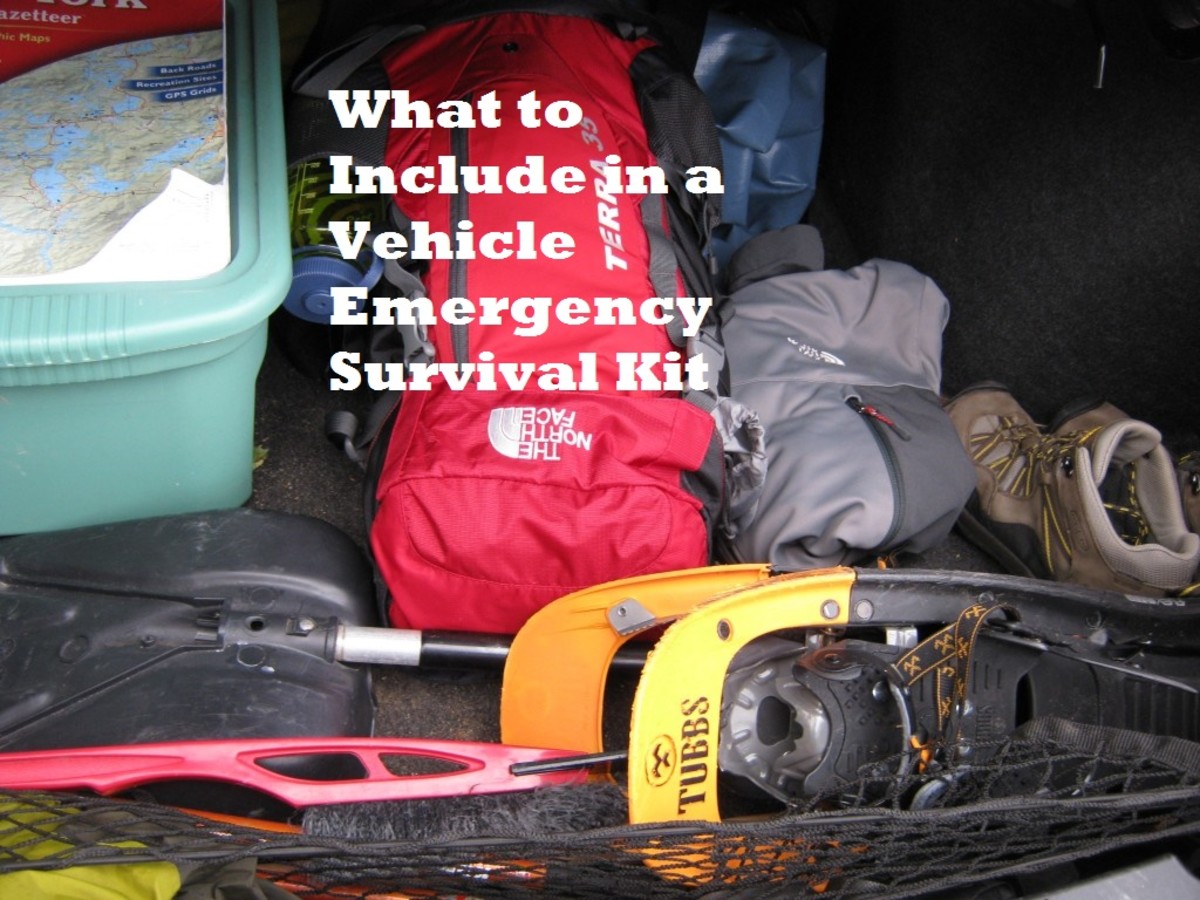10 Tips for Driving in the Winter
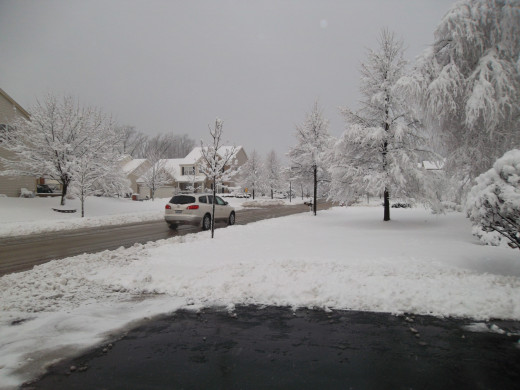
The Importance of Following Winter Driving Tips
Did you know that the chances of being in a fatal accident in the winter are 14% greater on the first snowy day of the winter as compared to other snowy days?
Interestingly, this University of California Berkley School of Public Health research also shows that even though chances of being in a fender-bender are greater on snowy days as compared to good-weather days, on average for all snowy winter days, fatal accidents are 7% less likely.
Why is this the case--why are there more deaths on the first snowy day, but actually less on all snowy days compared to clear days? Having lived in areas of the U.S. that experience winter weather for almost all of my thirty driving years, I can say without a doubt that driver behavior impacts safe winter driving.
Here are ten tips for driving in the winter that can make a difference, perhaps between life and death.
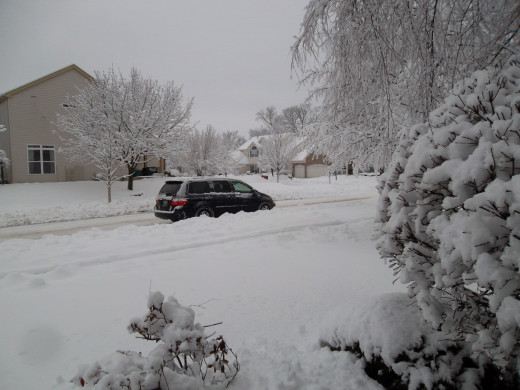
#1 Stay at Home
The number one way to drive safely in winter weather is to not drive at all! By being aware of impending weather conditions, it's best to plan ahead and stay inside until road conditions improve.
If severe weather hits on a work day, consider working from home if possible or rearranging your schedule. Get food, medications and any other needed items ahead of time and plan on staying at home.
Growing up in Connecticut, I vividly recall the February Blizzard of 1978; the governor closed all roads for three days. Everything shut down: schools, work, all driving. Although states don't force road closures for all winter storms, individuals can impose their own shut down, and avoid driving until safer conditions exist.

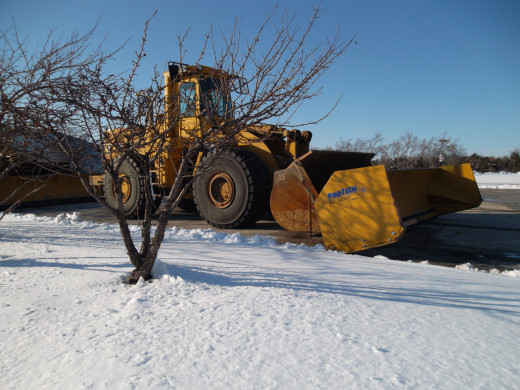
#2 Wait Until the Roads are Clear
If driving in winter weather conditions cannot be avoided, the next best thing you can do is to wait until the roads have been cleared of snow and ice.
Staying off the roads as long as possible during a storm, not only allows snow plows to do a better job at removal, but creates safer conditions for all drivers. In addition to pushing snow off roadways, snow plows often treat the roads with sand and salt to improve traction and cause melting.
Keep in mind, main roads are almost always cleared first, so plan your trip accordingly, taking care to avoid back roads which still may be hazardous.
#3 Wear Seat Belts
If you're wondering why "wear seat belts" is on a list of safe driving tips for winter, it's because it is shocking how many people still don't wear seat belts at all even though there is overwhelming evidence that they save lives.
The National Highway Traffic Safety Association estimates that 13,000 car accident fatalities can be avoided each year if everyone wears a seat belt. Not to mention, survivors of car accidents who did not wear a seat belt often have far more serious injuries.
With fender-benders and accidents more likely to occur in poor weather conditions, it only makes sense to wear a seat belt, not only during the winter but EVERY time you get in a car!
#4 Reduce Speed
If you must drive on snowy roads, be sure to start slowly and check conditions while driving; get a "feel" for how slippery the roads are and how long it will to take to brake safely.
Keep in mind, four-wheel drive and all-wheel drive vehicles should still drive at reduced speeds. Not only can those types of cars and SUVs still lose control, but drivers of them should remember that not all vehicles are so equipped and need to drive at even slower speeds.
Regarding driving speed, safemotorist.com gives the following winter driving tips:
- Start slowly and test your steering and braking ability
- Start slowing down three times earlier than you normally would for turning or stopping
- Reduce speeds to half the posted limit or less in snowy conditions
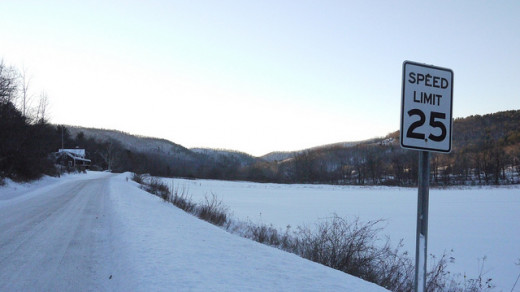
#5 Increase Driving Distance
The fact of the matter is, it takes longer distances to stop safely in winter weather, so give yourself space. Winter weather conditions and reduced traction have a definite impact on braking distance.
By Increasing driving distances, not only can you keep from causing an accident, but you can also avoid becoming part of an accident that has already occurred. Additionally, if a car in front of you loses control, it's better to be further back so as to not hit them.
From personal experience, though, no matter how slowly and carefully one drives during the winter, there still are those moments when the car fishtails a bit or doesn't slow down quite as soon as expected. Losing driving control, even for a split second, is an awful feeling. But by leaving a large driving distance between cars, and timing turns so that cars are not on the opposite side of the road, space is left to have time to correct any potential problems without hitting another car in the process.
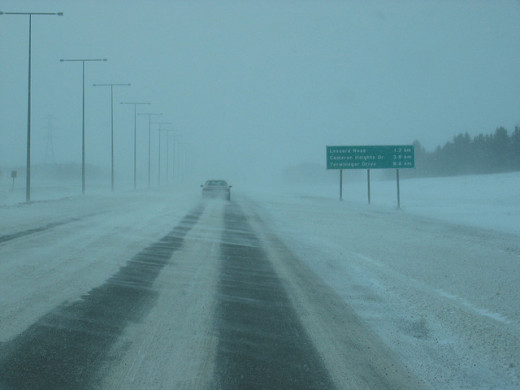
#6 Drive in Tire Tracks
Snow on roadways may be unavoidable, especially during winter months with frequent snowfalls and freezing temperatures.
Unusually heavy snowfalls during the winter of 2007-2008, caused the town where I currently live north of Chicago, as well as many others, to actually run out of salt. The roads were a mess for a long time. Driving in tire tracks worn down to the pavement was the safest way to get around.
Driving west of St. Louis a couple years ago, I encountered a snow storm that I knew was pretty small and I would drive out of soon. I was shocked though, as I drove along slowly in the non-snowy tire tracks made by the truck in front of me, to see at least fifteen cars and trucks that had slid off Highway 44, some even overturned. Not only did these drivers not slow down, but I watched one careen off as it left the less slippery tire tracks in order to switch lanes.
#7 Practice Driving in the Snow
While practicing driving in the snow may not make you a perfect driver, it certainly makes you a better winter driver. It's especially important to take inexperienced teenage drivers to an empty snow-covered parking lot and let them practice.
Two good things to practice are:
- Using the anti-lock brakes
- Getting out of a spin
What I like to do is to increase my speed and then put on the anti-lock brakes, holding the brake down and not letting up. Not only will you get used to the expected thud noise the anti-lock brakes make, but you will experience how long it takes your car to come to a complete stop.
If your car spins or fishtails, you don't want to make it worse by steering the wrong way or over-steering. By practicing ahead of time, hopefully getting out of a spin will be second nature if it occurs on the road.
#8 Take a Winter Driving Class
Not only are winter driving classes educational, but they can be really fun too. Winter driving schools are offered in snowy climates all over the country, arming their students with knowledge and practice.
The Bridgestone Winter Driving School in Steamboat Springs, Colorado, featured in the video below, is an excellent place to learn winter driving skills.
Be sure and watch the video below; it's really interesting!
Bridgestone Winter Driving School
#9 Prepare Your Car for Winter
Before the first snow storm of the season, take the time to get your car ready for the winter. Making sure that your car is in optimal condition for winter driving can keep you safe and may even prevent an accident.
Winter car preparation tips (NHTSA):
- Check the battery, belts and hoses
- Make sure coolant can withstand winter temperatures
- Fill up windshield washer fluid with a high quality fluid that doesn't freeze
- Replace worn wipers and make sure window defrosters work
- Inspect tires for good tread; replace tires if necessary or add chains
Winter Driving Kit

Winter Driving Accidents
Have you ever been in a car accident because of snow or ice?
#10 Prepare a Winter Driving Kit
Being prepared isn't just for Boy Scouts. Putting together a winter driving kit only takes a little bit of time to do, but can pay big dividends if it is needed.
In the event you are stuck in your car for a prolonged period of time during cold temperatures, a snow storm or blizzard, you will want to be sure and include the following items in your winter driving kit:
- Ice scraper, de-icing fluid
- Kitty litter or sand (for traction)
- Shovel
- Blankets, gloves, and other items to keep you warm
- Flashlight, flares,
- Jumper cables
- Cell phone charger for car
- Full tank of gas

